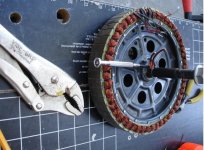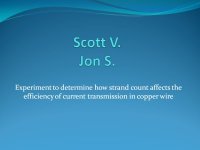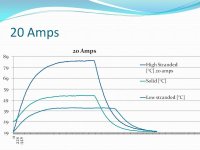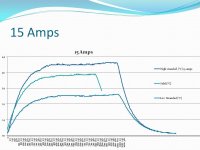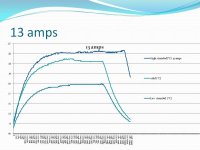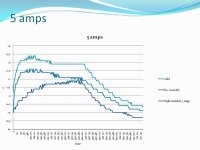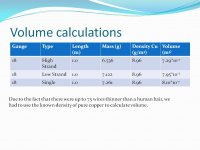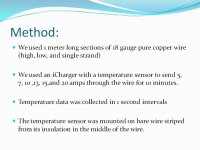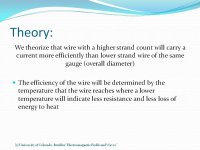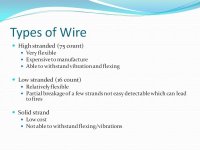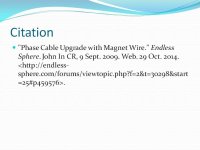Eclectic
1 kW
I understand the flexibility with finely stranded silicone insulated wire but if I don’t need flexibility would solid copper wire (with thermoplastic insulation) be a better (and less expensive) conductor? I’m nowhere near an EE so I don’t understand things like skin effect.
Specifically, I want to replace the phase wires from the controller to just outside of the hub. The wire coming out of the controller and the hub would still be the original stranded wire but I thought that since the part that I am replacing would be permanently attached to the frame I could use solid. I plan on using 4mm bullets and 12ga solid wire that I buy by the foot at my local home improvement store.
Specifically, I want to replace the phase wires from the controller to just outside of the hub. The wire coming out of the controller and the hub would still be the original stranded wire but I thought that since the part that I am replacing would be permanently attached to the frame I could use solid. I plan on using 4mm bullets and 12ga solid wire that I buy by the foot at my local home improvement store.


